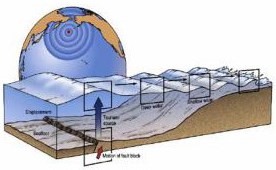|
How to Survive a Tsunami in Tutuila and Manu'a Islands How are tsunamis generated? Where and how frequently do tsunamis occur? Tsunamis do not have a season and do not occur regularly or frequently. However, they do pose a major threat to the coastal populations of the Pacific and other world oceans. Nothing can be done to prevent them, but the adverse impact on the loss of life and property can be reduced with proper preparedness. What determines the destructive nature of a tsunami? 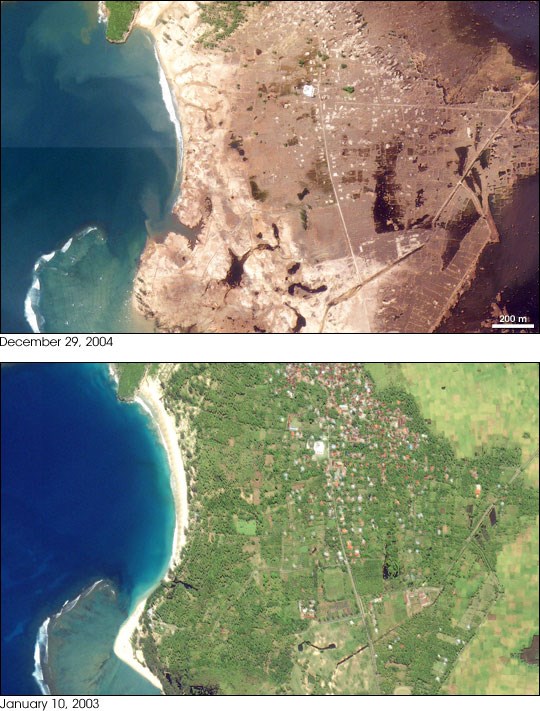
NASA What are some tsunami warning signs?
What should I do in case of a tsunami?
What happened in American Samoa? The National Park of American Samoa headquarters and visitor center were housed in Pago Plaza at the very head of Pago Pago Harbor. The narrowing of the harbor at this point makes it particularly vulnerable to tsunami damage, as water is funneled there. The first floor office included the visitor center with newly installed exhibits, cultural resources storage and the administrative and superintendent's offices. There was a dive locker and two containers in the parking area of Pago Plaza that stored the equipment needed to perform marine, terrestrial and maintenance duties. Most work days begin at 7am, so the earthquake and tsunami caught most employees either at work or on their way. As employees ran up the mountain across the street from the headquarters, the first wave of water surged into the parking area destroying the fleet and storage facilities located there. The water continued to rise, topping out just below the second floor offices of Pago Plaza. There were four more large waves to follow through the next hour each slightly smaller than the last. Employees were gathered and damage assessed. The first floor offices were completely destroyed. Villages on every side of the island were affected. Thirty-five people lost their lives. Scores of people lost their homes. 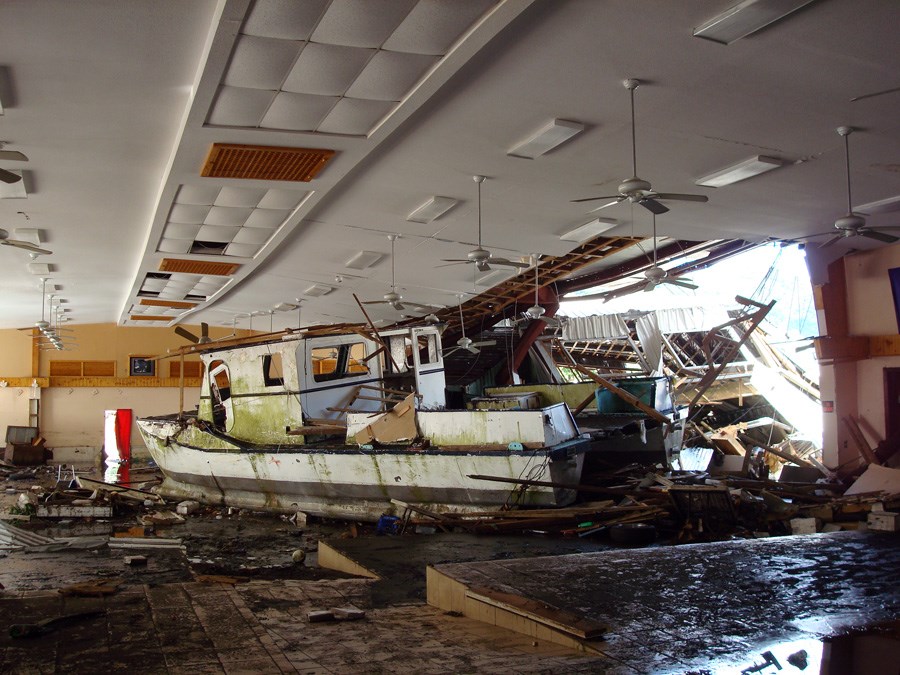
NPSA 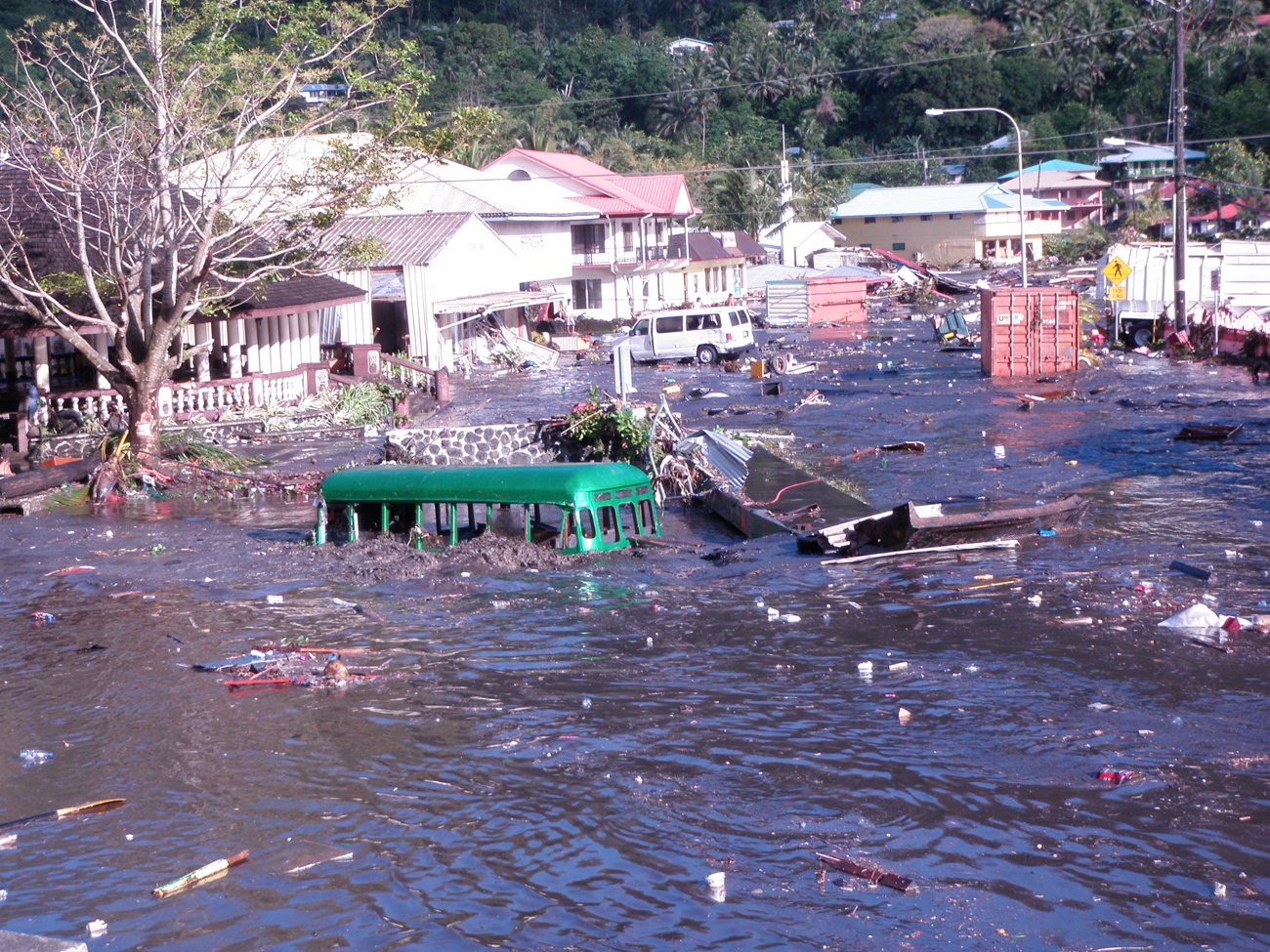
NPSA 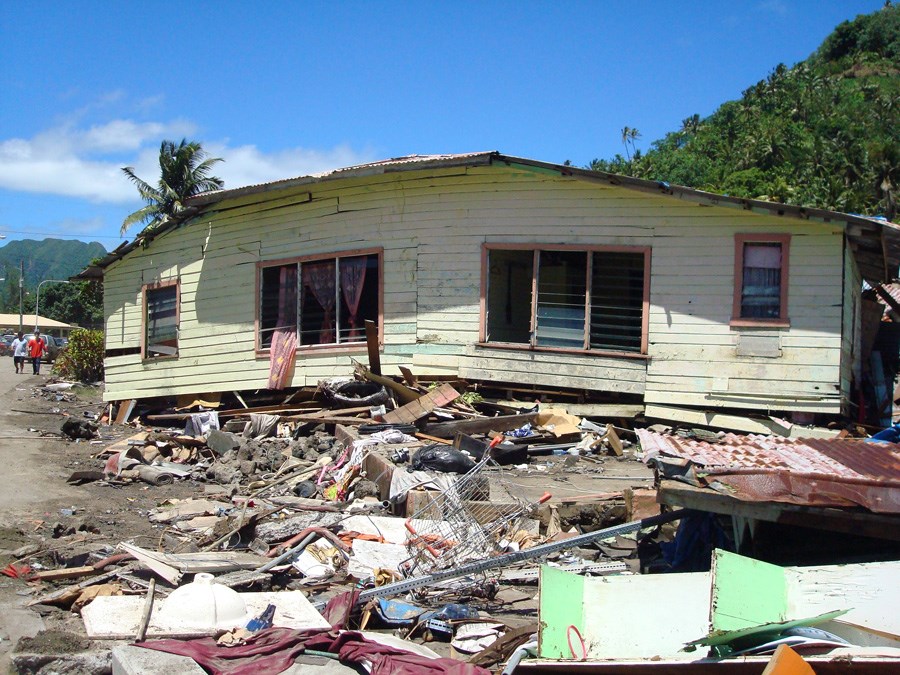
NPSA |
Last updated: February 13, 2024

